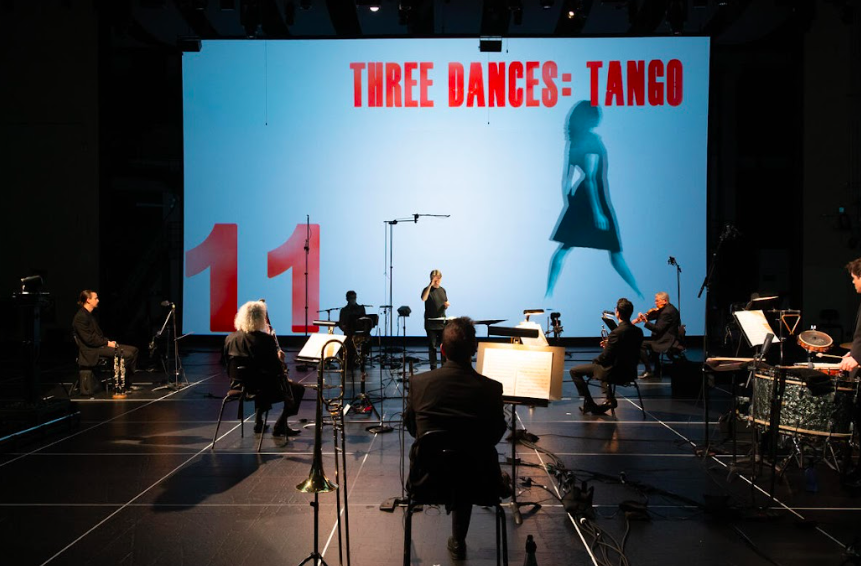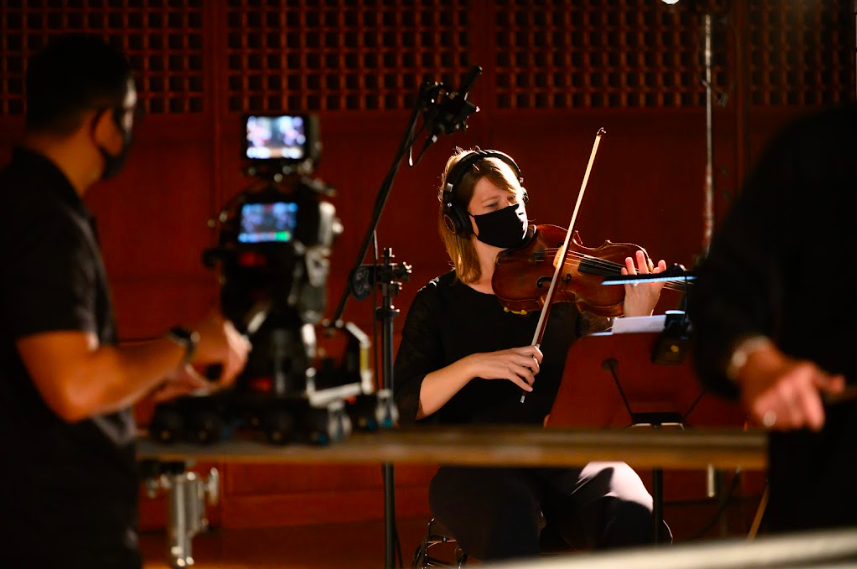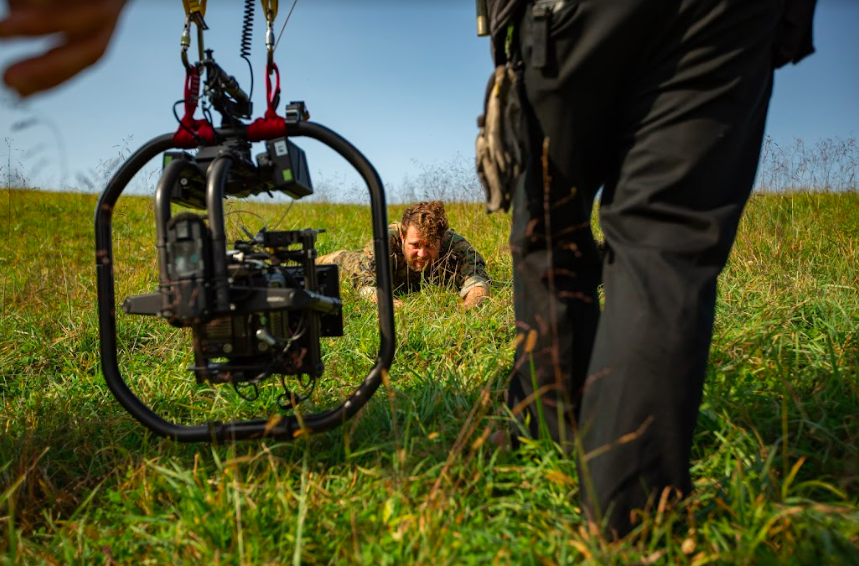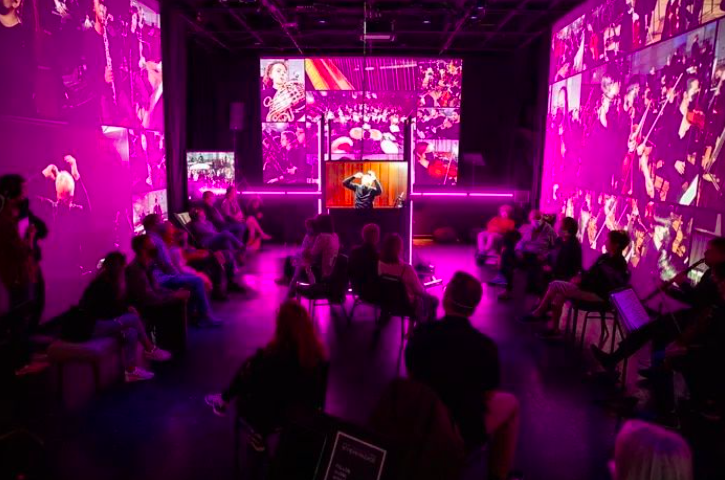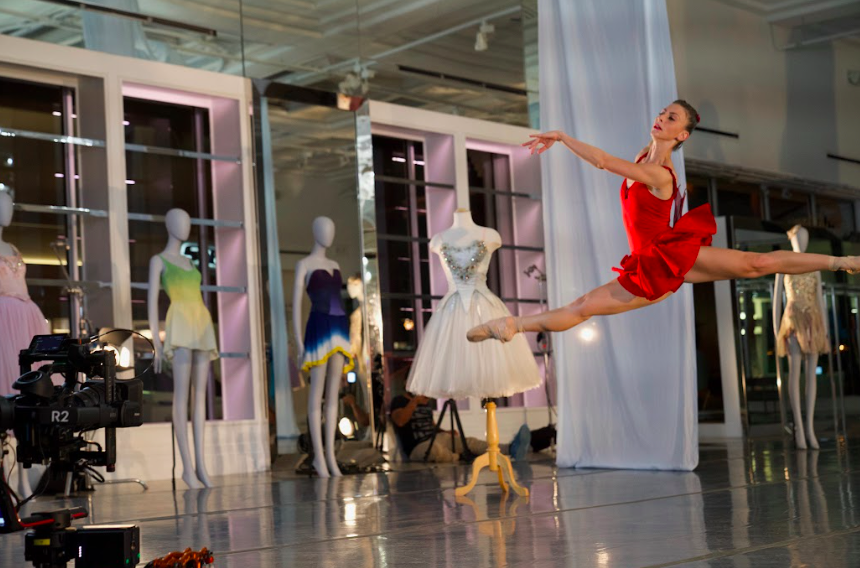Exploring the expressive capabilities of digital media with collaborating artists
The San Francisco Symphony (SFS) has long been a media leader among orchestras, producing concerts and music education programs on many different media platforms over past decades, from LPs to CDs to DVDs to YouTube, AppleMusic, and public broadcasting, and becoming the first American orchestra to launch an in-house media label and production company with SFS Media. In 2014, the SFS opened SoundBox, a venue adjacent to its concert hall, in part to realize media-infused performances. SoundBox allows multiple seating configurations and is equipped with media recording and projection capabilities. SoundBox is used for nontraditional concert experiences, many with visual elements.
The onset of the COVID-19 pandemic coincided with Esa-Pekka Salonen’s inaugural season as the Symphony’s music director. Salonen’s creative media explorations in his previous roles as a composer and conductor, and SFS’s existing media production capacities, set the stage for innovations that have marked the Symphony’s work over the past two years. Salonen and Oliver Theil, the Symphony’s head of digital innovation, formed a team to work on new performance capture ideas, starting with questions around the kinds of technologies artists found most interesting and then inviting the collaborators to explore these capabilities. SFSymphony+ is the branded outlet and portal for these new projects, each of which represents an experiment with new tools and a departure from past efforts.
“Creative projects evolve based on agreed-on principles,” says Theil. First, make sure the digital work is creating something unique, and not simply what other orchestras or arts organizations are doing. Second, create something bespoke that responds to the times we are in and “the conversations we want to have.” Third, focus on the artistic strategy of the organization. “Digital for us is not a silo; it is part of the whole,” Theil adds. And as a final principle, SFS focuses on creative collaborations with Salonen’s eight collaborative partners who are composers, performers, music educators, rock and jazz musicians, and a robotics entrepreneur. “We don’t believe that digital replaces concert experience,” says Theil. “That’s why we didn’t choose to stream our live concerts like other orchestras have. Our signature projects are about digital storytelling, visual interest, and using digital media’s multisensory capabilities.”
The Symphony’s digital work, which expanded during the pandemic, is informed by an advisory group of Silicon Valley technology executives who help connect the organization to research and development, emerging tools, and new production capabilities that will help fuel the creative process. Representatives from Dolby, Meta, Unity, Oculus, and other tech companies support the organization’s exploratory work, meeting regularly for ideation and forging connections that can be helpful to the artists involved. The Symphony’s board of directors has also been a key partner, and includes patrons, particularly President Priscilla Geeslin, who are enthusiastic and strategic advocates.
The resulting projects are available and completely free through the SFSymphony+ online portal (with registration). Works posted thus far include ambitious multimedia collaborations between digital artist Refik Anadol, AI pioneer Carol Reiley, and Salonen using the work of composer Gyorgy Ligiti and artificial intelligence; a series of SoundBox performance films curated by artists and collaborators, such as Delirium, curated by pianist Jeremy Denk and SFS musicians exploring sorrow and healing in music; and Focus, a program created by composer Nico Muhly illuminating ways music and images can come in and out of focus.
“This is not a shift from old to new, “ Theil says. “We will continue to produce traditional media—we were featured on PBS Great Performances for our re-opening night—and we’re still getting Grammy nominations for our SFS Media recordings.” Instead, he says, this is about artists creating new works that connect with audiences in new ways. “Making this work free for all adds a dimension to our mission,” Theil says. “A commitment to access for all is critical to much of our work and not part of an earned revenue monetization.” Instead, the Symphony believes the digital effort will compel generosity among patrons, encourage new audiences to engage, and serve the Symphony’s mission. “We are a nonprofit organization committed to creative and engaging music experiences for everybody.”

